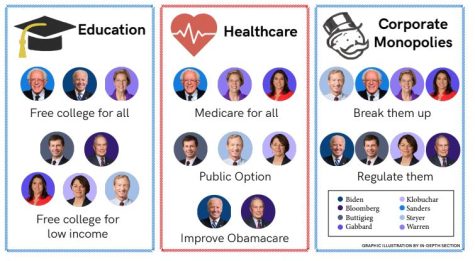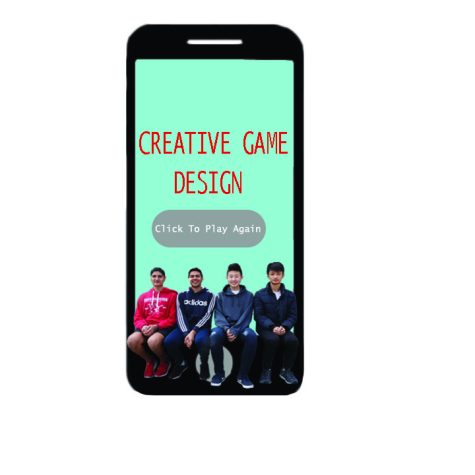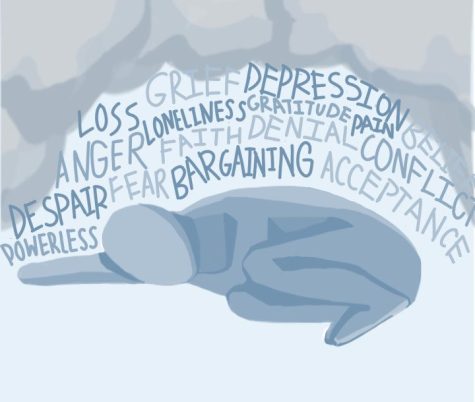Inside the classification of gaming disorder
After contentious debate over whether or not excessive gaming should be deemed a mental illness, the World Health Organization (WHO) has decided to include “gaming disorder” in its International Classification of Diseases, the global reference used to identify diseases and health conditions. This decision is an effort to legitimize the health issues from excessive gaming and may set the precedent for further recognition of behavioral addictions by the international community.
The WHO describes gaming disorder as “a pattern of persistent or recurrent gaming behaviour” that becomes so severe that other life interests, such as personal hygiene and health, are overlooked. The behavior must go on for a minimum of 12 months for an individual to be diagnosed with the disorder. Effects of gaming disorder vary from minor to drastic changes in an individual’s health. While minor symptoms can include isolation and physical discomfort when not allowed to play video games, more severe issues can involve migraines, wrist pain and, in some cases, even death. Although casualties are extremely rare, they are examples of the extreme consequences video game addiction can have.
WHO’s decision has been met with mixed responses. Detractors believe gaming disorder’s classification to be a premature call, while some technology professionals, such as lead technology addiction specialist Richard Graham, consider it a milestone in recognizing mental disorders.
“[The decision] is significant because it creates the opportunity for more specialized services,” said Graham. “It puts [gaming disorder] on the map as something to take seriously.”
Despite the varied opinions, cases of gaming addiction have been more prevalent as new video games grow increasingly popular. For example, Fortnite, a new multiplayer shooter game, is the latest fad among students and young adults. Officially known as Fortnite Battle Royale, the game has risen in such popularity that in February alone, a record 3.4 million people were concurrently playing the game, and its overall player base is estimated to have more than 45 million users.
“[Fortnite is] not just the biggest game of the year, it’s the first game we’ve seen since Minecraft that’s had this kind of appeal,” said Mat Piscatella, a video games industry analyst at NPD Research. “The upside potential is astronomical.”
Fortnite is a multiplayer survival game that involves scavenging for weapons and building fortifications in order to be the last player standing. Technology addiction specialists maintain that Fortnite has been designed in a way to keep users entertained and challenged, and therefore addicted to the game. Fortnite’s cartoonish visual style and lack of blood and gore moreover make it appealing to all age groups, and the wide selection of weapons and tools offer room for various playing styles and strategies. The game’s progression structure, which consists of 100 levels, encourages long hours of playing the game, increasing the chance for players to become addicted.
“When people feel as if they aren’t progressing, they often quit their task. That also explains why the souls-borne games aren’t loved by everybody. The games are known for their notorious difficulty, and the thought of dying repeatedly and making little progress scares of people,” said freshman Vamsi Mannava.
Available on several mobile and gaming platforms, Fortnite is not only easily accessible, but also free. The ability for console players to play with mobile players has dramatically increased the player base. Big-name celebrities such as Drake and Travis Scott have joined in on the craze as well, broadcasting their gameplay on Twitch, a streaming website, and Youtube.
The extensive popularity of Fortnite, however, may contribute to the larger issue of
gaming addiction. Most video game developers design their games to be as addicting as
possible, exemplified in popular mobile games such as Candy Crush and Flappy Bird. Simple mechanics and constant rewards keep players interested in the game.
While the causes and effects of gaming disorder are still relatively unexplored, its addition to the WHO’s catalog is a step in bringing awareness to the potential consequences of excessive gaming. As games such as Fortnite draw in larger audiences, the WHO hopes to curb cases of addiction by shedding light on a widespread and harmful disorder.

Noela Bae is currently a senior at Lynbrook High School and the Content editor of the Epic. Outside of journalism, she competes with the school's Model...

































































